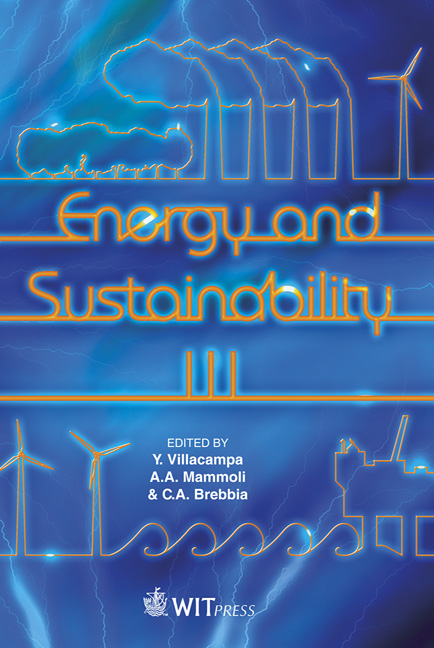Renewable Energy Policy Landscape In South Africa: Moving Towards A Low Carbon Economy
Price
Free (open access)
Transaction
Volume
143
Pages
12
Page Range
265 - 276
Published
2011
Size
426 kb
Paper DOI
10.2495/ESUS110231
Copyright
WIT Press
Author(s)
G. Nhamo & S.-Y. Ho
Abstract
The South African agenda for renewable energy policy is linked to a target of 10,000 GWh by 2013. This is a vision put in place in order to mitigate negative impacts of climate change, address the energy mix and move towards a low carbon economy. The Ernst & Young ‘All Renewables Index’ ranked South Africa 27th out of the 30 countries included in the index. This paper documents policy developments within South Africa’s renewable energy space. The paper considers the policy landscape at various levels namely: acts of parliament, policies (white papers) and green papers, strategies and action plans as well as regulations and instruments. We conclude that South Africa has moved swiftly to establish an effective legislative regime for renewable energy investment and this is assisting the country in fulfilling its vision as outlined earlier. Keywords: South Africa, renewable energy, low carbon economy. 1 Introduction The primary energy mix as determined from the National Energy Efficiency Strategy of 2009 shows that renewable energy accounted for 9% of the energy mix in South Africa in 2004 DME [1]. Coal and crude oil contributed 67% and 18% of the energy mix respectively. Following the United Nations Framework Convention on Climate Change (UNFCCC) conference that took place in Copenhagen in 2009, South Africa pledged to reduce emissions. The pledge has a strong bearing in terms of promoting investment in renewable energy. The country pledged to undertake mitigation actions resulting in deviation below the current emissions baseline of 34% by 2020 and 42% by 2025. The pledge was conditional on a fair, ambitious and effective global climate deal being reached
Keywords
South Africa, renewable energy, low carbon economy





